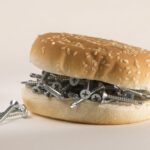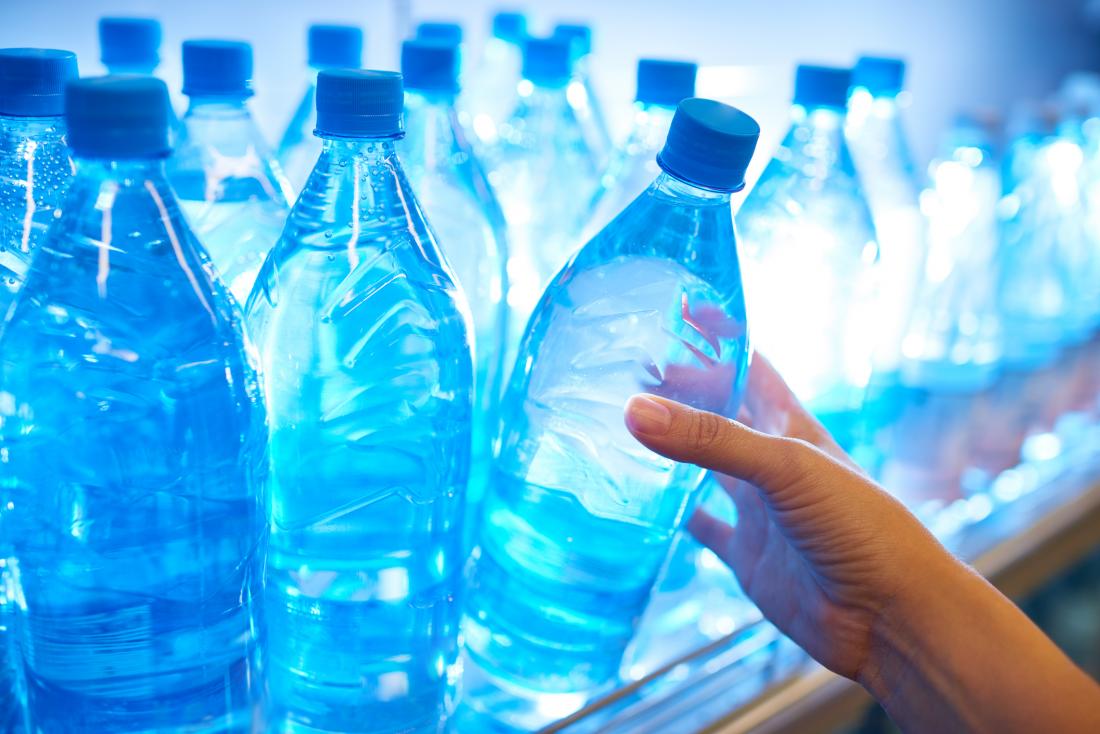Currently Empty: ₹0.00
Producing Safe Food – Use Food Grade Greases
- What are food grade greases?
Food Grade Greases are lubricants that are used in the food industry for optimal protection and lubrication of food processing equipment. They satisfy food product safety requirements in addition to their lubricating functions. In processing equipment, there are high chances for accidental contamination of food with trace amounts of grease, which causes a food safety issue. “Food grade” greases are safe to be used in processing equipment because they are safe for consumption in trace amounts (10 ppm, as per US FDA regulations). It is always safe to use food-grade greases that are ISO 21469 certified.
- Where and why are they used?
Lubricants are used for the smooth operation of machinery, supporting its high performance and productivity, controlling maintenance costs and at the same time satisfying consumer safety requirements for manufactured products. They support the efficient operation of equipment by offering protection to the internal surfaces of machinery by reducing friction, wear and tear, corrosion and heat. They offer desired performance characteristics like good pumpability, oxidation stability, hydrolytic stability and thermal stability support at certain operating conditions of equipment. They are used plain bearings, all types of caster bearings (er. Roller bearing), UCP bearings in conveyor, articulations and axles, high and slow speed chains, rails, guides, linear drives, small gears, rollers, cam discs, oven racks, pelleting presses and other machine parts. They are widely used in dairy industries, edible chips processing factories, breweries and bottling plants, canning industries, etc. These multi-purpose food grade greases meet many requirements of lubricating agents.
- What are the varieties/classes available?
Food grade greases are classified into three types based on their likelihood of contact with food and they vary in their formulation.
H1 Lubricants are used in equipment where there is a possibility of incidental food contact. They are sometimes also referred to as “above the line” lubricants. They may only be composed of approved base stocks, additives and thickeners. These may be used as a protective lining against rusting on the machinery and equipment. For example, lubricants on machinery parts in areas where the lubricated part is potentially exposed to food or on food-processing equipment as a protective antirust film, as a release agent on gaskets.
H2 Lubricants are used in equipment where there is no possibility of contacting food. Since there is no risk of food contact, they do not have a defined list of acceptable ingredients. However, they cannot contain heavy metals like antimony, arsenic, cadmium, lead, mercury and selenium, carcinogens, mutagens, teratogens or mineral acids.
H3 Lubricants are used in equipment that may come into direct contact with food as part of the operation. They are used on hooks, trolleys and other metallic equipment, to prevent rust. They are formulations of edible oils, mineral oils or GRAS substances complying with US FDA regulations.
- How to choose the grease based on its characteristics?
An ideal grease for equipment is one that aids the smooth functioning of the equipment by taking care of its efficiency of performance and its maintenance. Apart from meeting the technical functions, the grease should also be robust in nature to perform in a wide range of process conditions.
An optimal food-grade grease is chosen by considering various environmental and mechanical factors in application like speed and bearing size, temperature, corrosion factors, shock/ vibration, metal wear and water exposure. The right choice of grease, the appropriate amount in use and its proper and even application help avoid any costly repairs or maintenance charges. The following are a few properties of lubricants that come into consideration while choosing it for an application.
Temperature stability – One of the important points to consider is the operating temperature of the process. Mineral oil-based greases are ideal for use only at temperatures between 120°F to 150°F and synthetic greases are used at both high and low temperatures -50°F to 325°F. They should be highly resistant to thermal and chemical decomposition.
Viscosity – The viscosity of grease is a key factor in the wear protection and efficiency of the equipment. The viscosity of grease should be suitable for the given load and speed of operation at a given temperature. High viscous water-resistant greases are used in heavy-duty applications and low viscous greases are suited for slow speed heavily loaded operations. The bearing components separated by a dynamin film of lubricating oil work reliably.
Inertness – The greases are required to be inert in nature because they may encounter acidic or alkaline foods and any reaction that happens may affect their performance.
Odourless, colourless and tasteless – The greases must be non-toxic, odourless, colourless and tasteless, since they may accidentally get into food in trace amounts, and this shouldn’t affect the palatability of the food.
Durability/ Robustness– The greases should have low wear rates and perform for the long term with optimum lubricating characteristics, to ensure maximum productivity. Robustly designed greases are most required in case of higher service speeds and higher loads of operation, and they also render good load-carrying abilities.
Water-resistance – The grease must be impermeable to water to resist being washed out, mostly during cleaning operations. The hydrophobic character of the grease is attributed to the chemical components (polymers, calcium mixed with soap) in it, that provide good protection against rust and corrosion, by passivating the carbon steel and reducing the effect of moisture and corrosive chemical vapours.
Oxidation stability – The greases should have good oxidation stability to have good ageing resistance at the diverse operating conditions.
Good adhesive and sealing properties of greases provide stiff resistance to hot, cold water, steam, alkalic and acidic solutions, disinfectants and cleaning agents and are highly compatible with metals, plastics and elastomer materials.
- Is it safe to use food grade grease? Who has certified Food grade greases? What are international regulations?
In India, there is no specific law for hygiene standards of food-grade lubricants, but the law states that harmful substances must not be introduced into food processing environments.
In the USA, Incidental food contact lubricants must comply with the U.S. Code of Federal Regulations (CFR), Title 21, Section 178.3570 and other sections referenced therein. These regulations provide a list of substances that can be used to formulate food-grade lubricants and their permissible limits. These ingredients are generally recognised as safe (GRAS) for use in food.
Canada and Australia accept the U.S. FDA regulations for incidental contact lubricants.
The international food safety standards, ISO 21469 and 22000 help proactively identify, analyse and manage risks in the food industry. ISO 22000 is an international food safety standard, that sets requirements for a food safety management system. ISO 21469 specifies the hygiene requirements for the formulation, manufacture and use of lubricants that may come into contact with food products during manufacturing.
The food-grade lubricants that are compliant with ISO standards and US FDA – 21 CFR regulations are evaluated, registered and listed in the NSF (National Science Foundation) registration program. The ingredients must comply with the requirements of the FDA and be independently verified by NSF. Currently, 7700 products are registered in NSF online listing.
These high performing multi-purpose greases, complying with NSF guidelines can be used for a wide range of demanding applications in food industries. Additionally, they may also be Halal or Kosher certified, to meet the requirement of a specific segment of the population.
Another important point to note is the presence of soy lecithin in food-grade lubricants. The consumers are advised to check on the allergen information of the incidental food contact lubricants before use. If allergen information is not available in the Safety Data Sheet, you are advised to contact the manufacturer and request information on allergens used in the lubricant.

Ramyashree Devaraj is a Food Technologist and goes to quite an extent to tell the food businesses what they can do to improve food safety and hygiene. She is a Senior Associate Consultant at Food Safety Works and regularly audits food businesses to check on their compliance and also plays a crucial role in the regulatory and compliance team.







